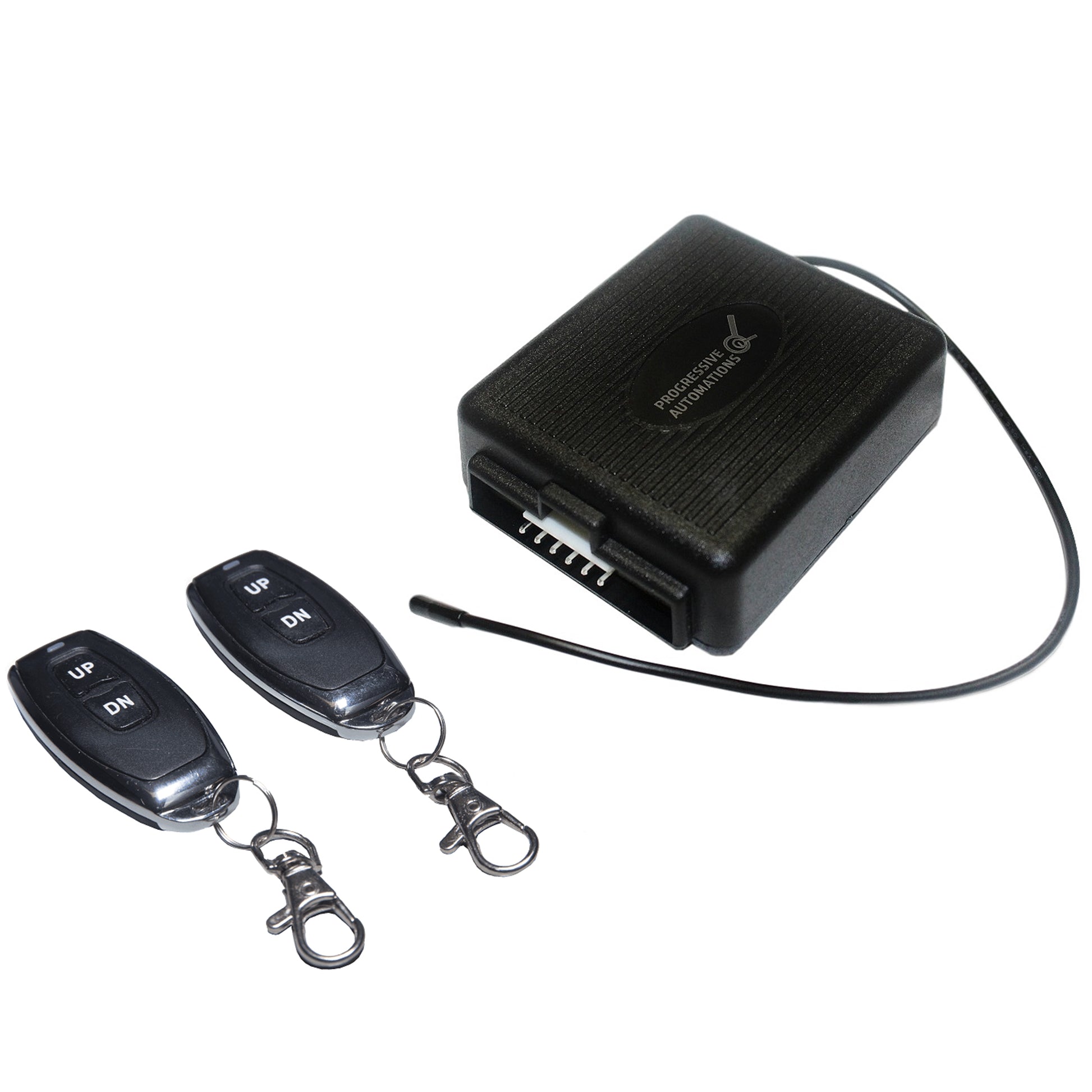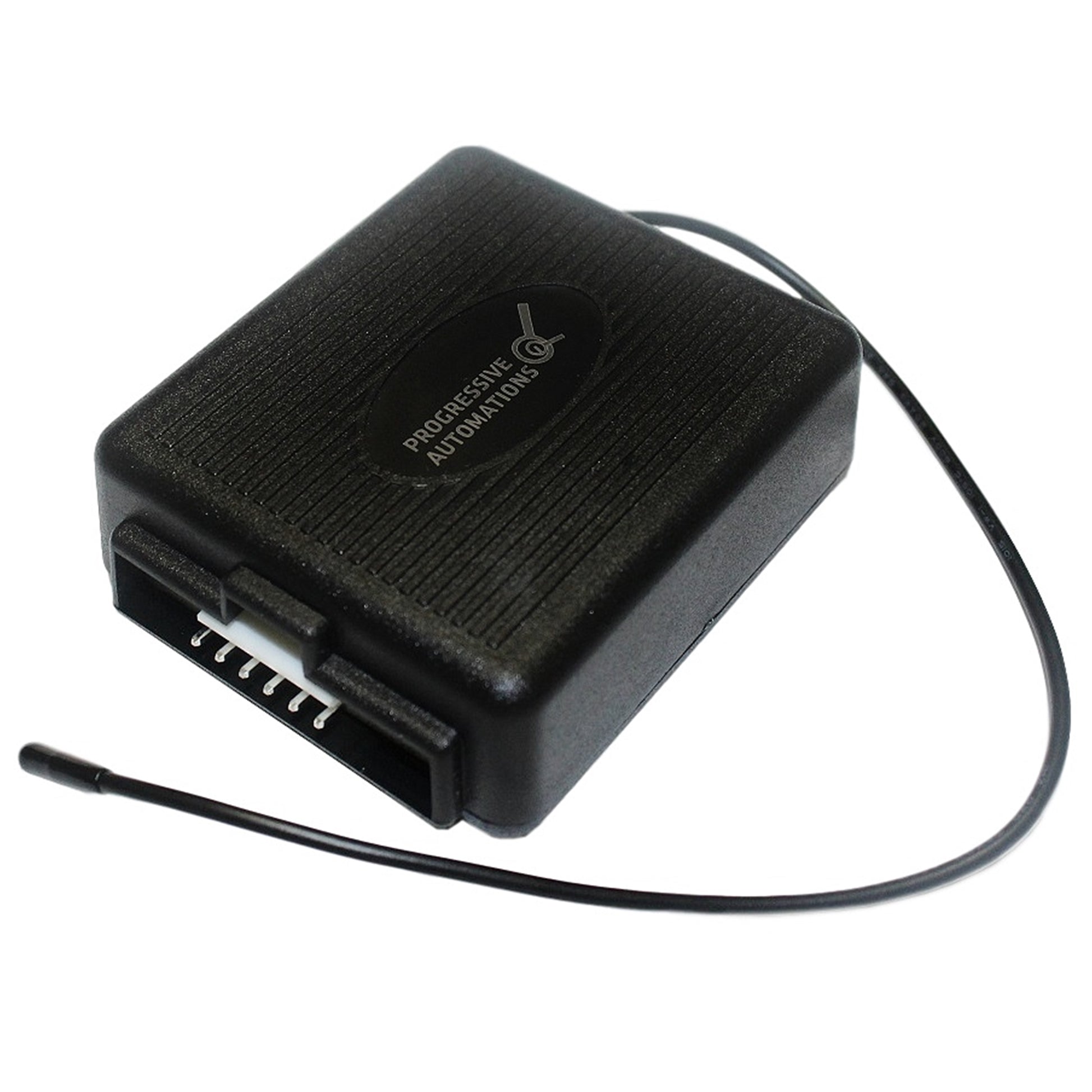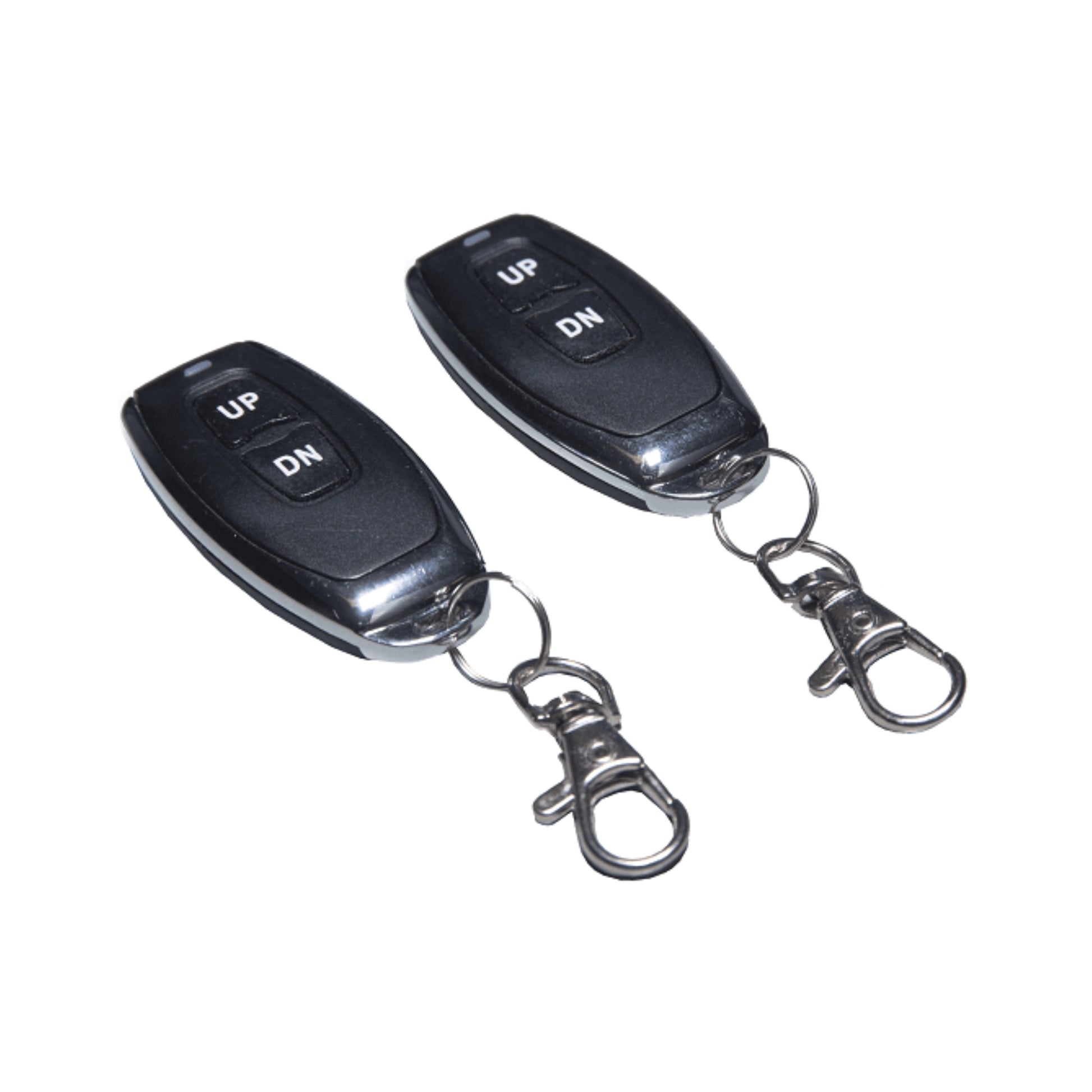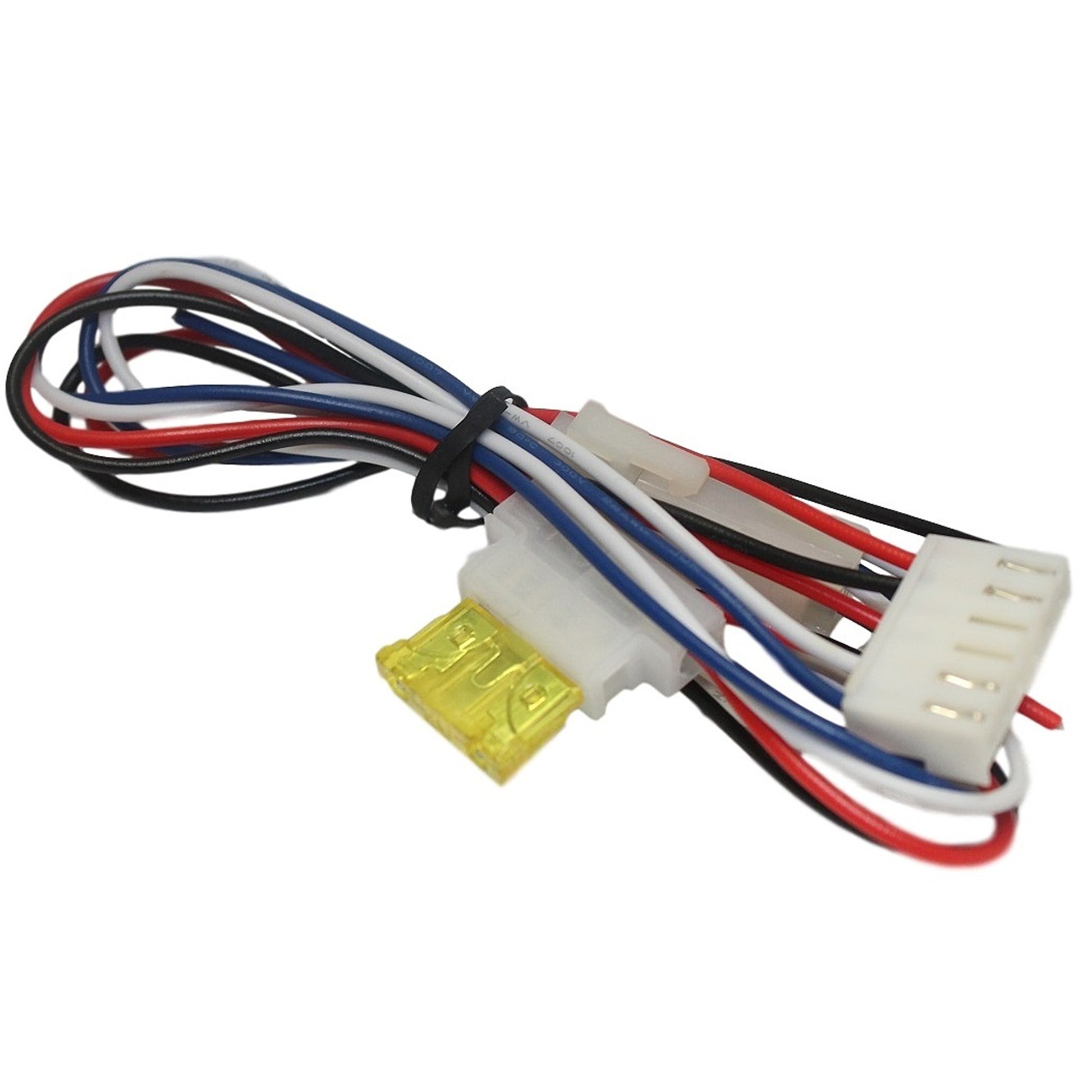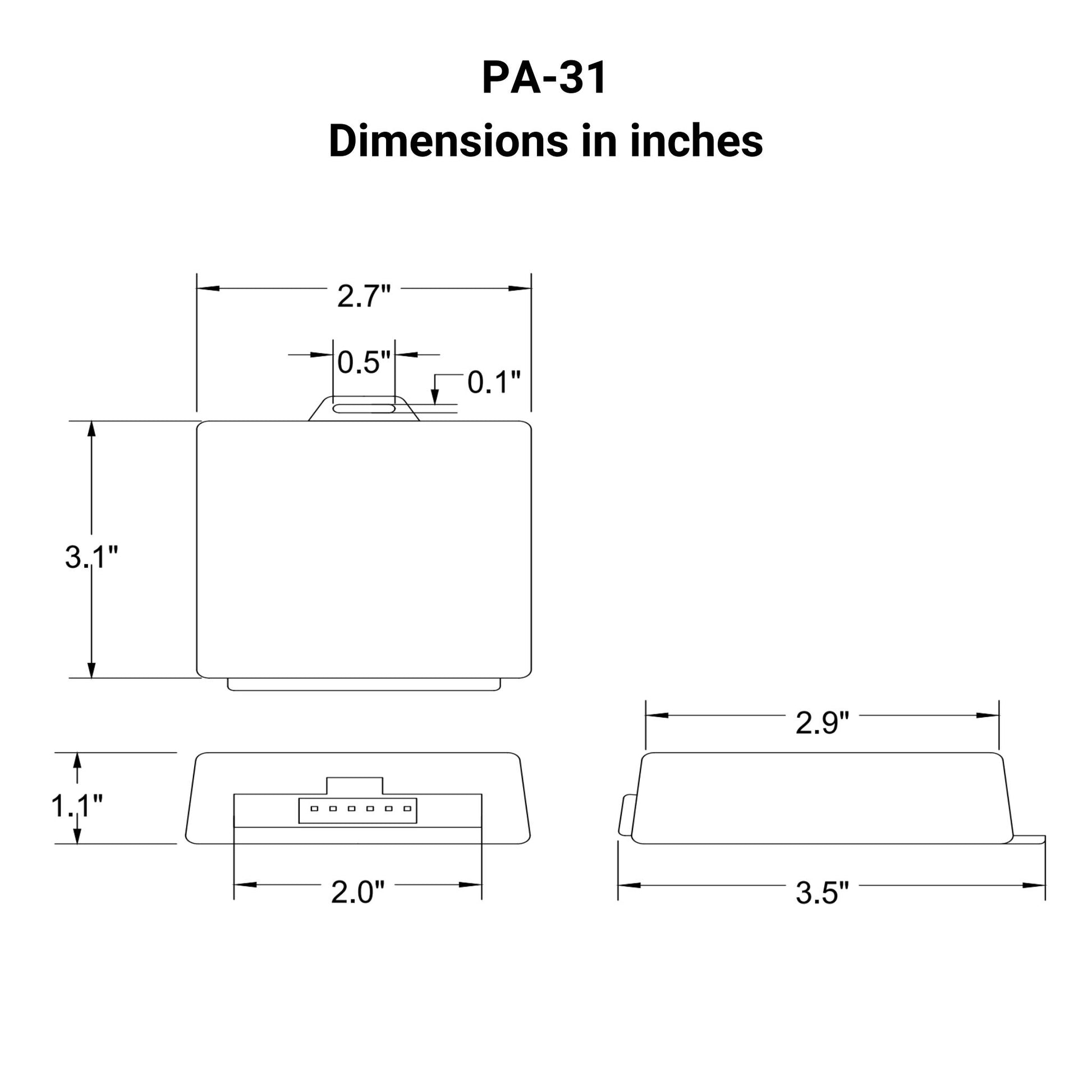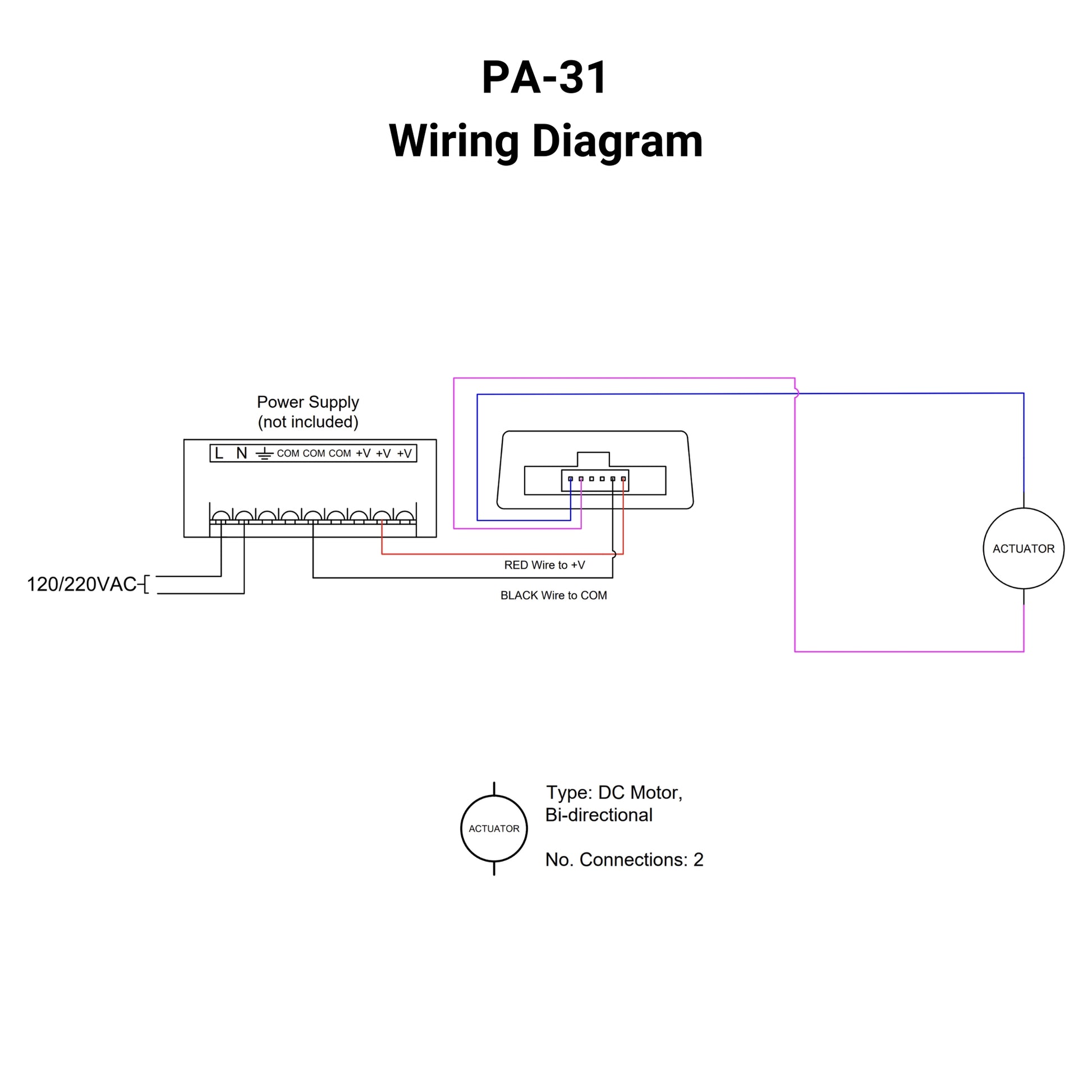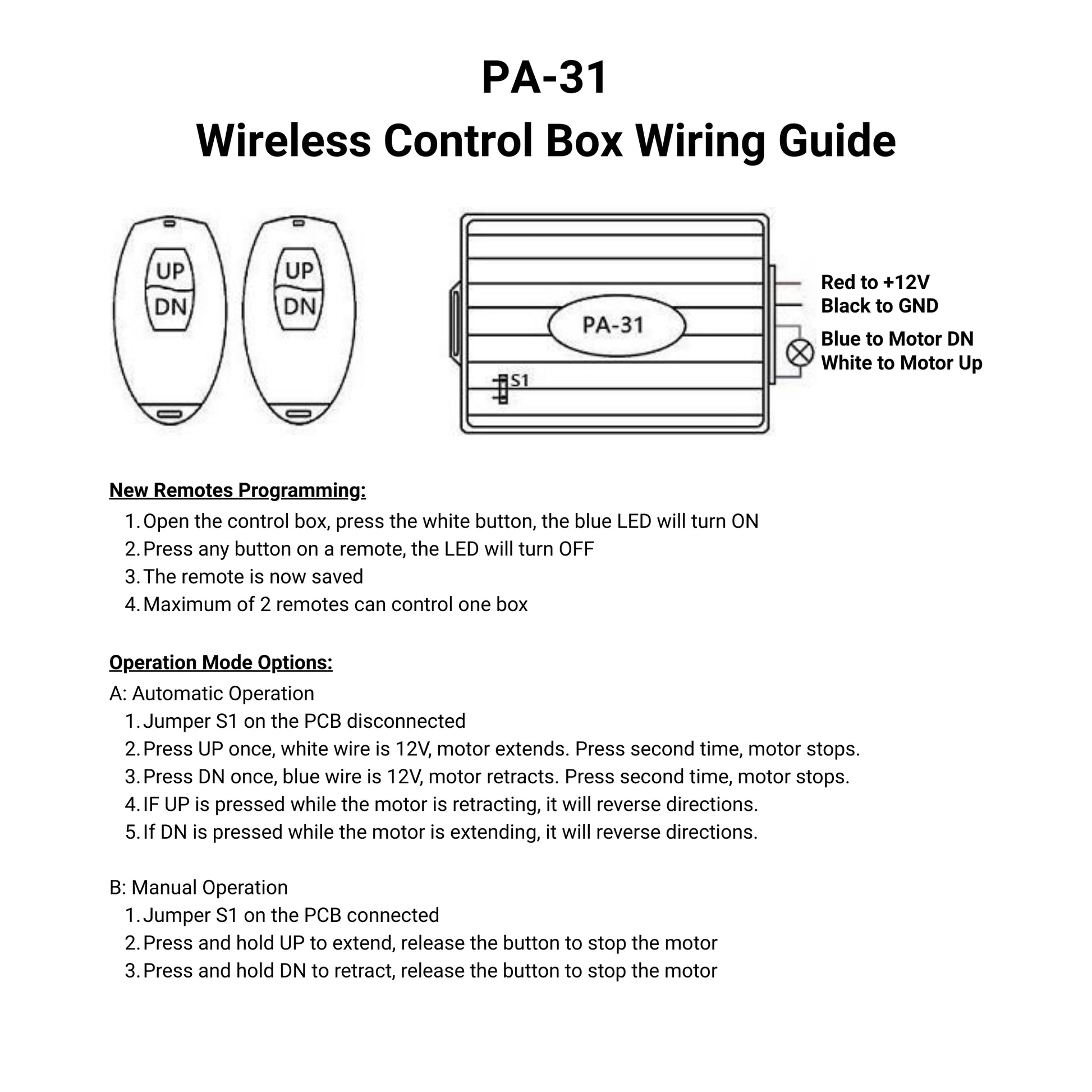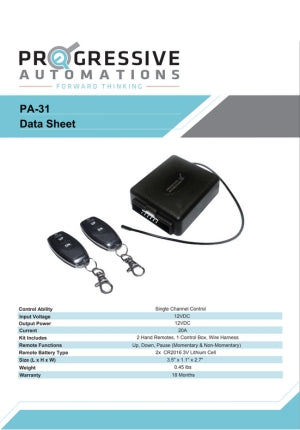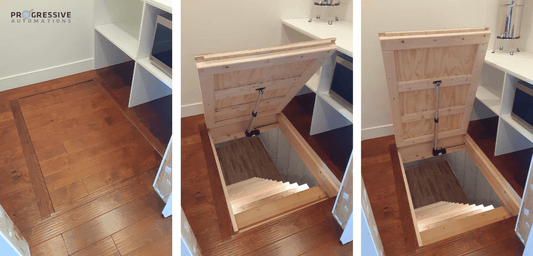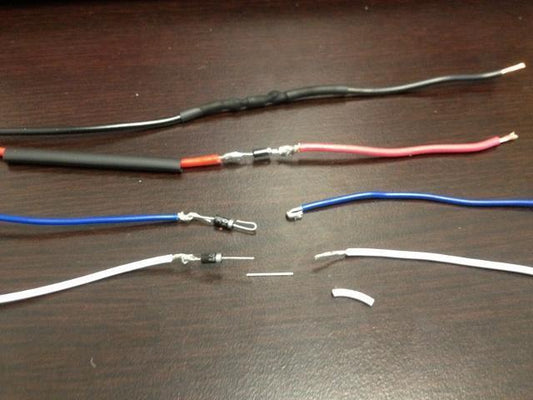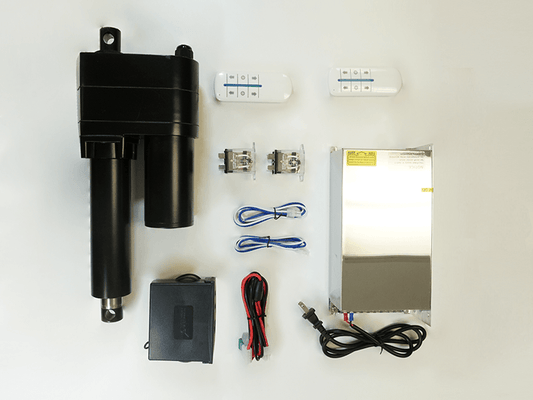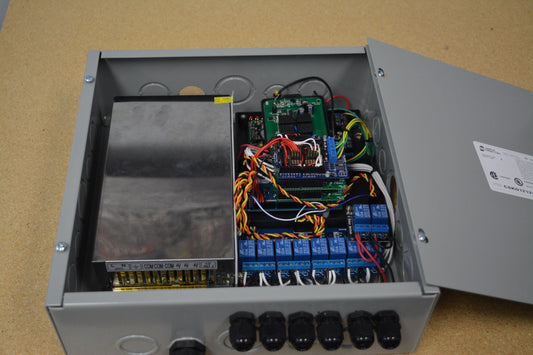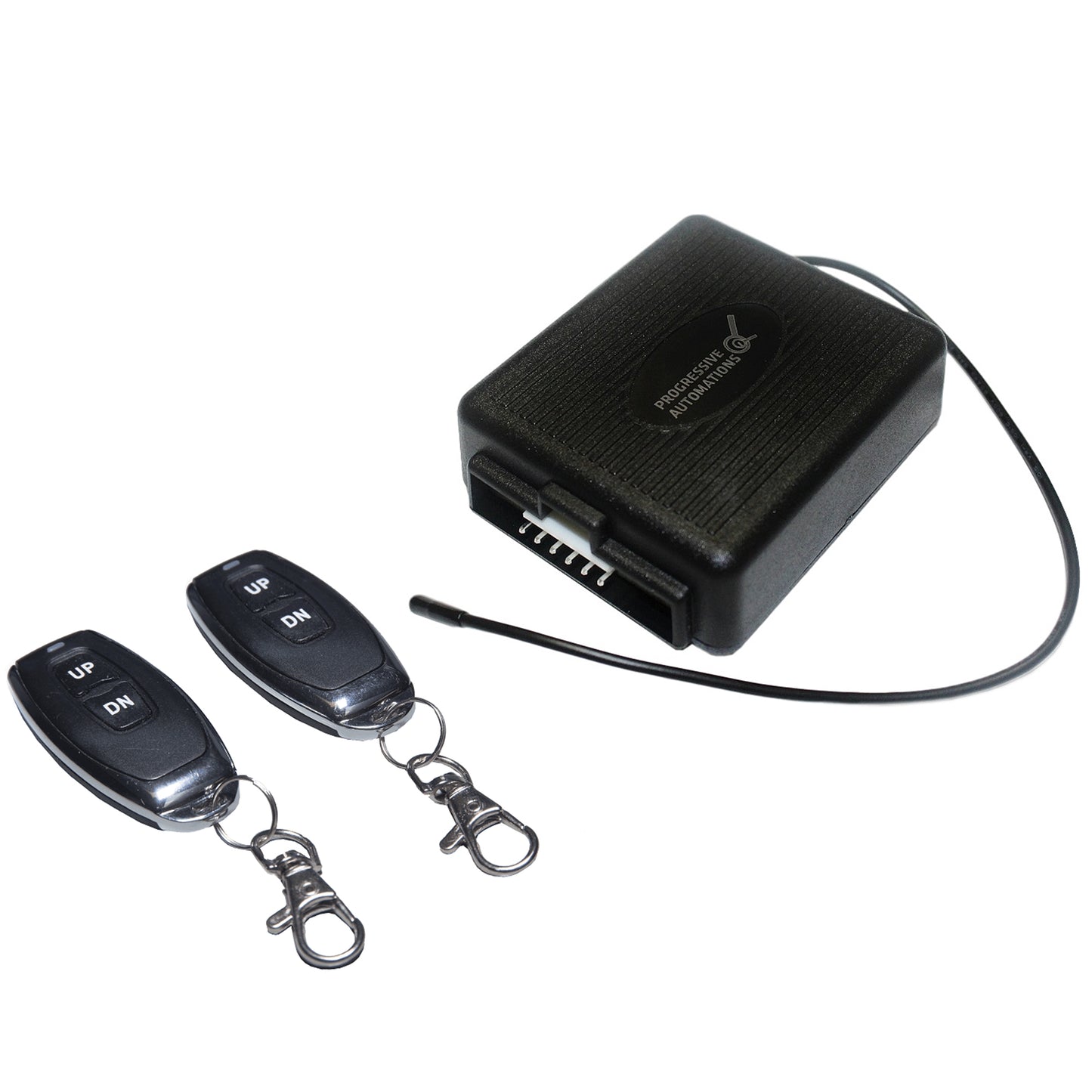
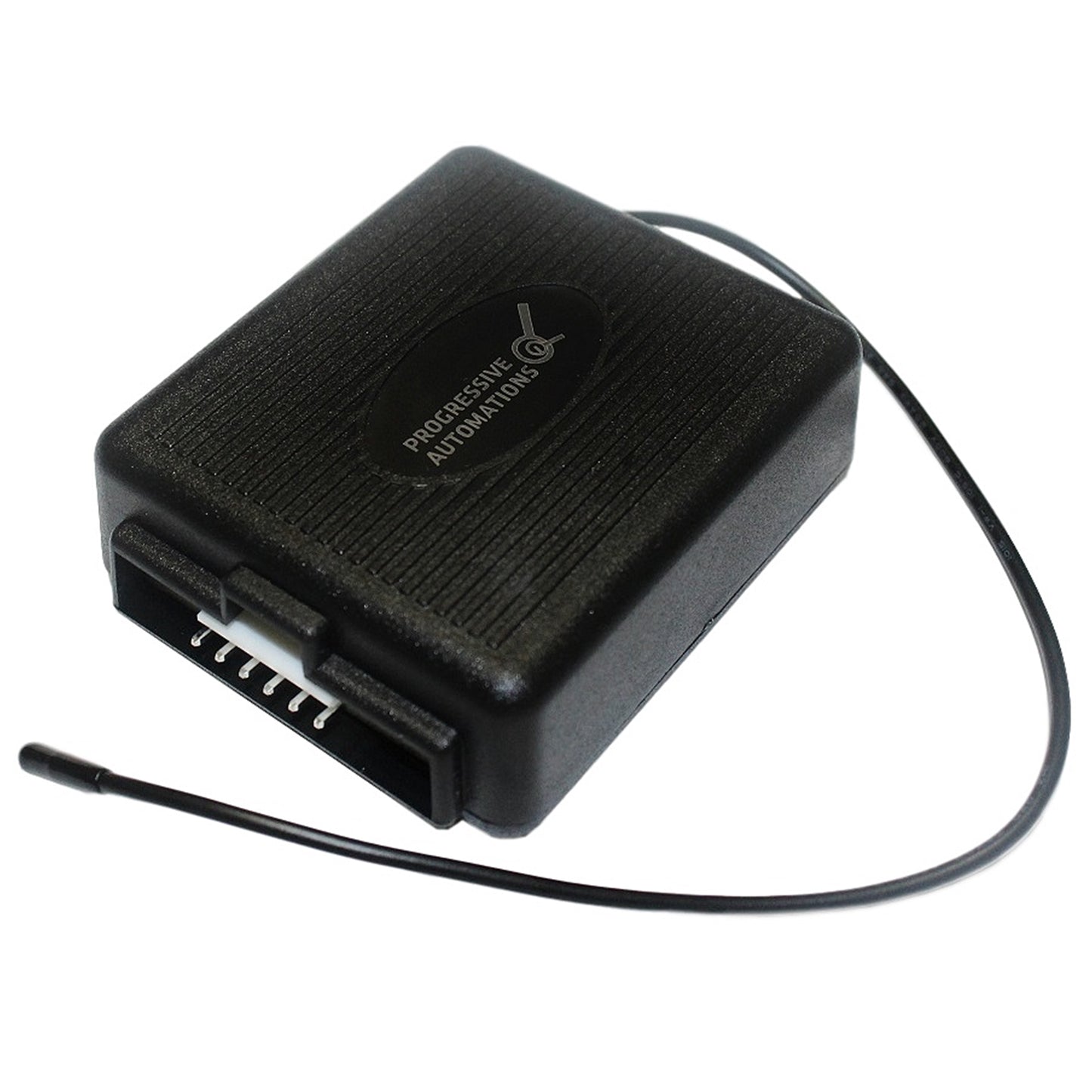
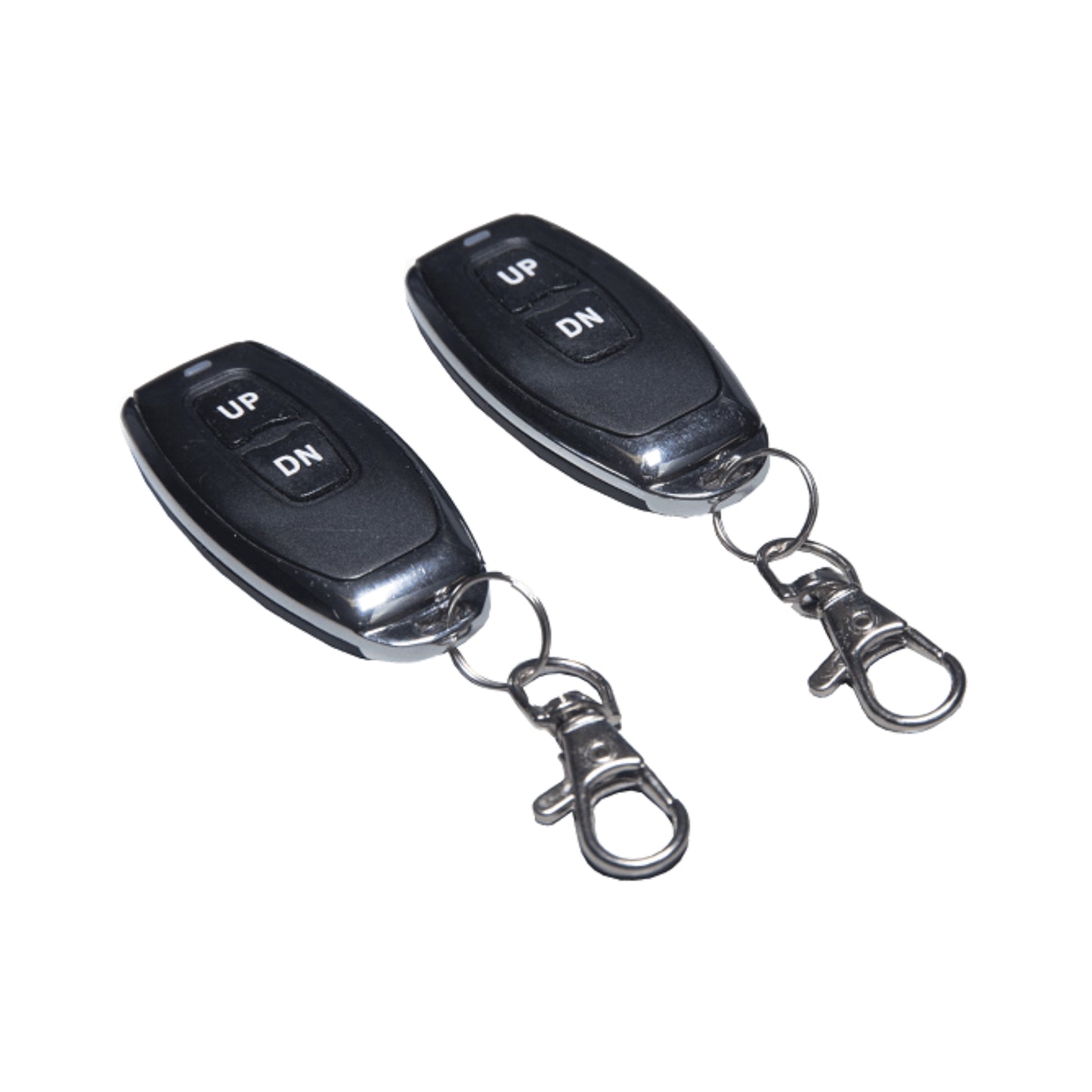
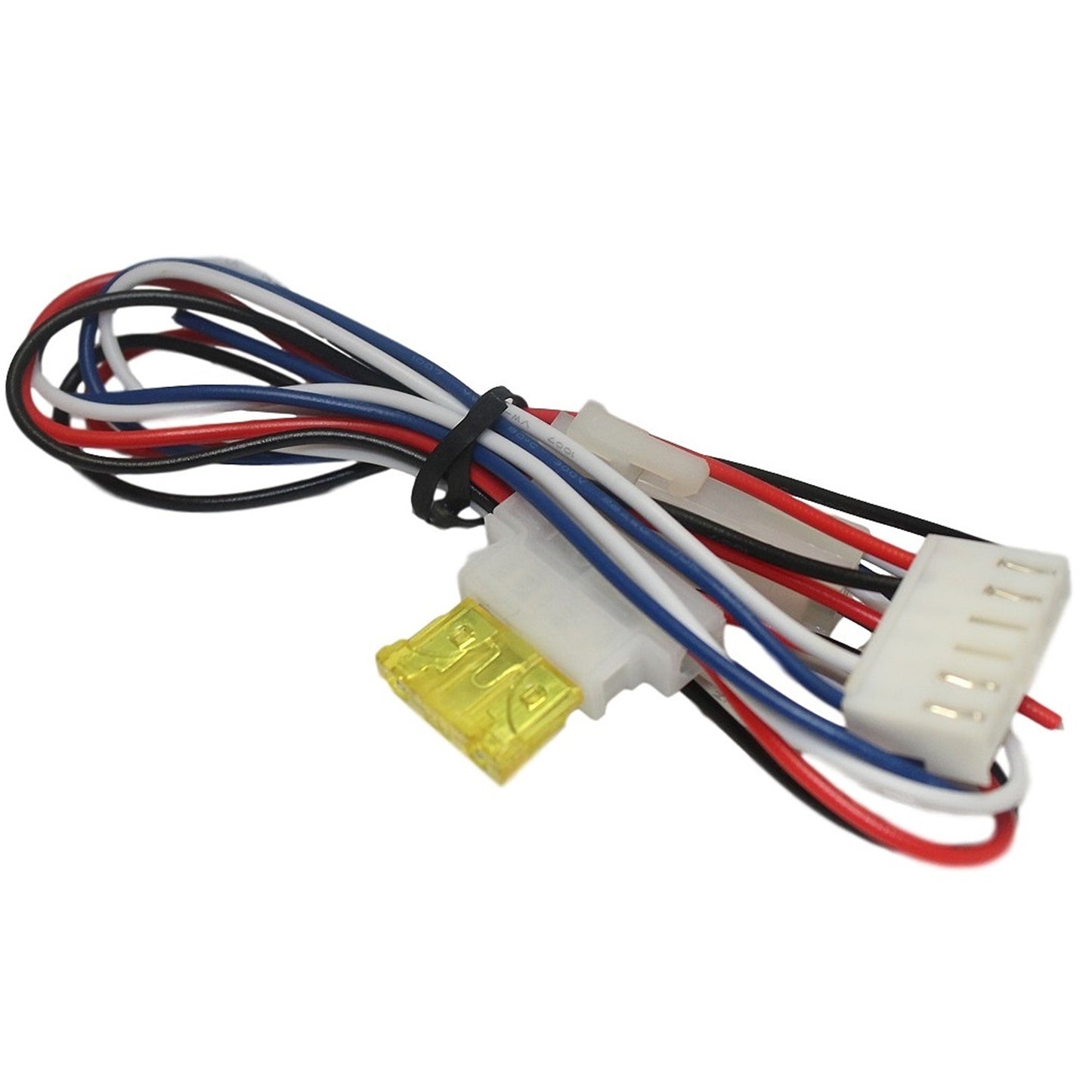
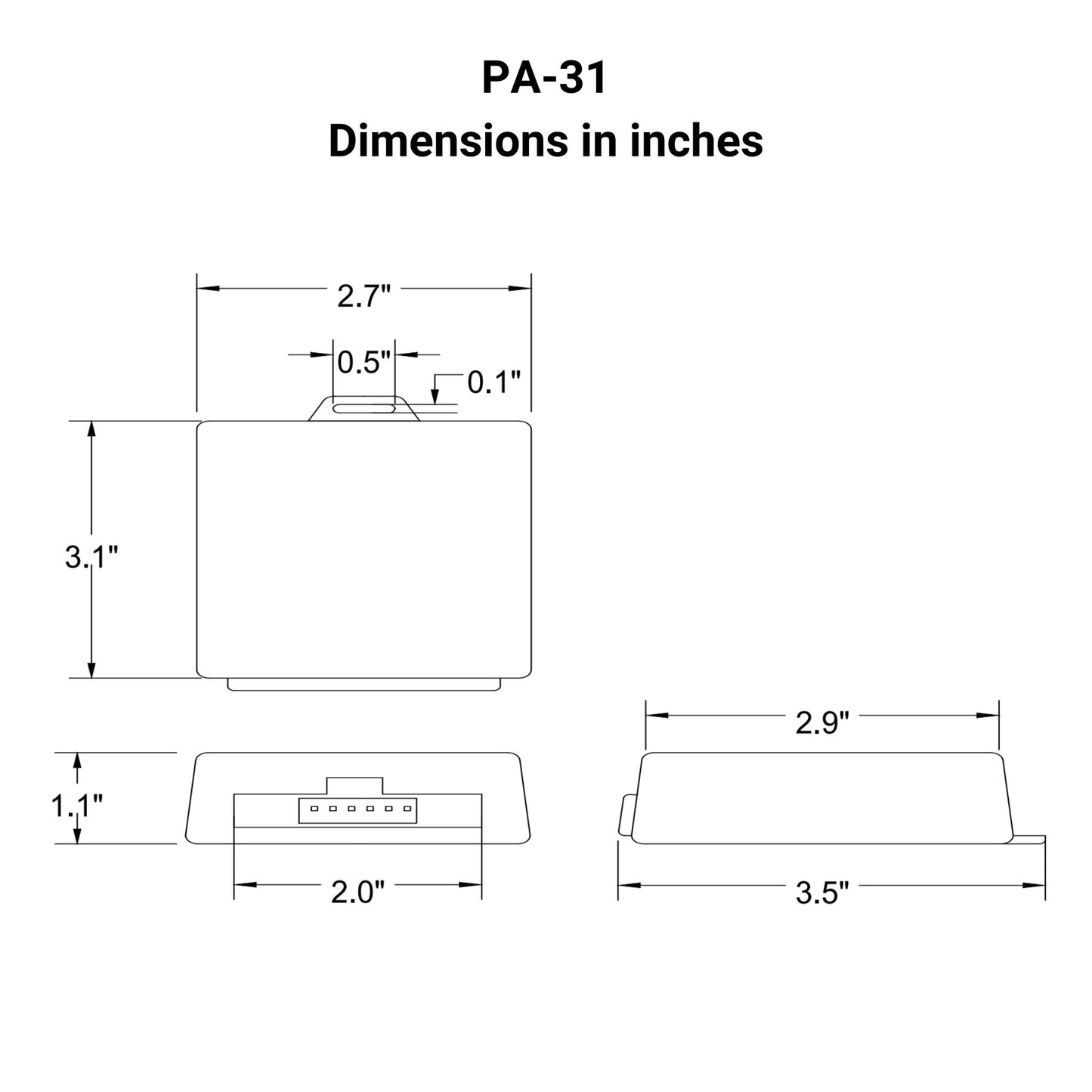
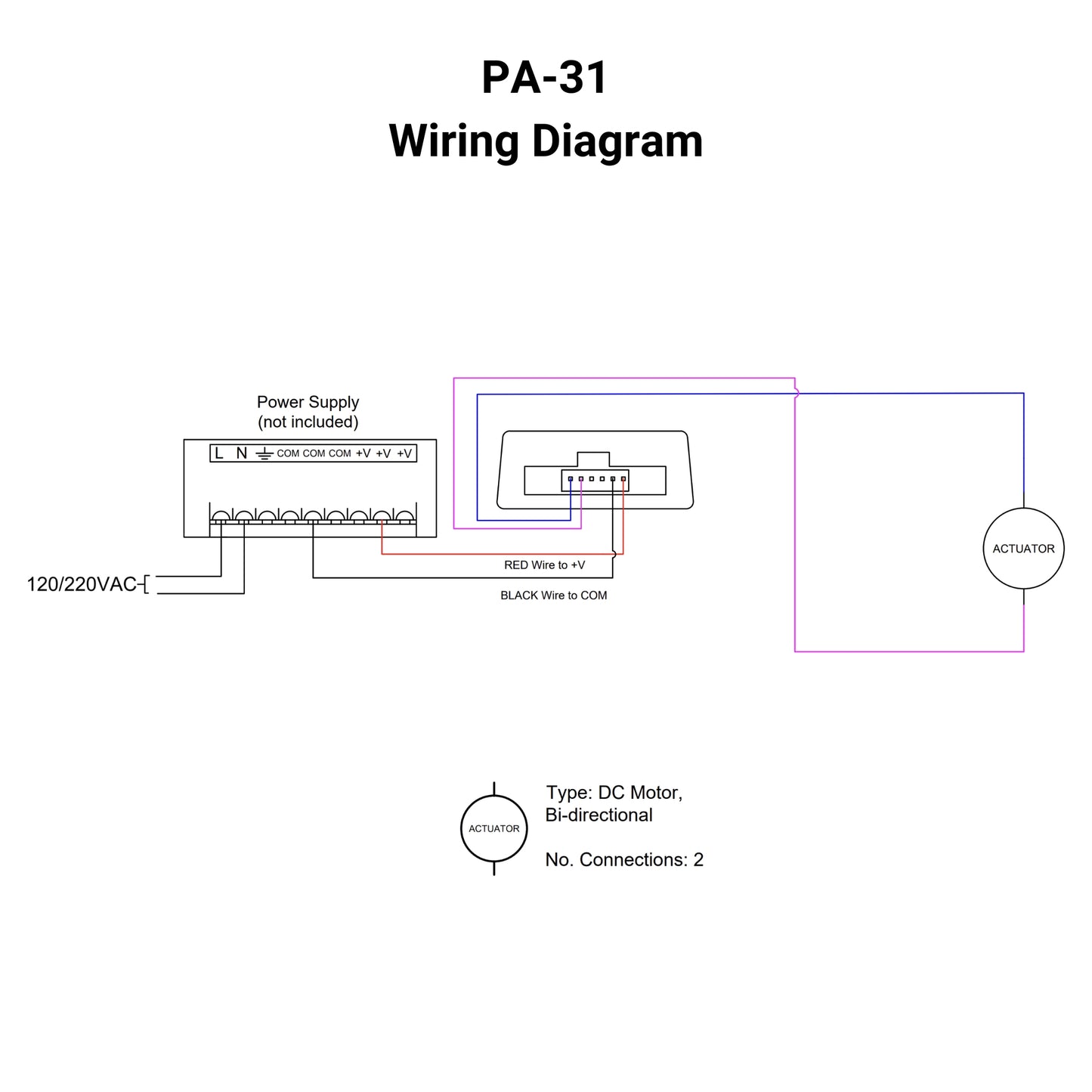
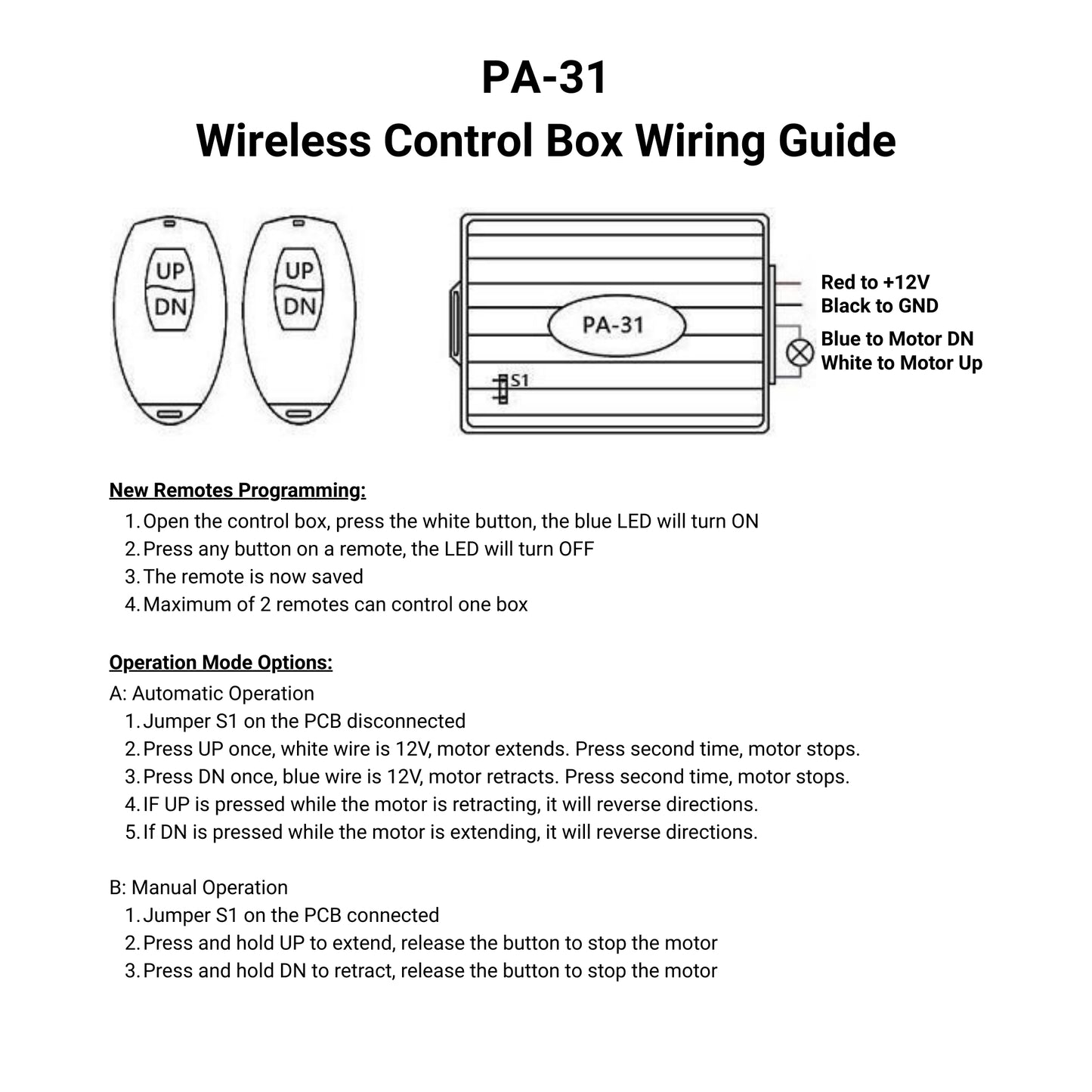
* Para actuadores de 12 V CC con una corriente nominal superior a 12 A, se recomienda usar relés o modificar el mazo de cables a un calibre más grueso.
OPCIONES PERSONALIZADAS
¿Busca un actuador pero las especificaciones no coinciden exactamente con lo que necesita? Contamos con una extensa lista de capacidades de personalización para garantizar que obtenga exactamente lo que necesita para su proyecto. Descargue la hoja de datos de este producto y descubra más sobre sus opciones de personalización.
* Para actuadores de 12 V CC con una corriente nominal superior a 12 A, se recomienda usar relés o modificar el mazo de cables a un calibre más grueso.
OPCIONES PERSONALIZADAS
¿Busca un actuador pero las especificaciones no coinciden exactamente con lo que necesita? Contamos con una extensa lista de capacidades de personalización para garantizar que obtenga exactamente lo que necesita para su proyecto. Descargue la hoja de datos de este producto y descubra más sobre sus opciones de personalización.
Seguir un conjunto de estándares es crucial para que las empresas garanticen que sus productos y servicios puedan alcanzar un nivel de calidad que promueva la satisfacción del cliente. En Progressive Automations, nuestro único objetivo es lo mejor para nuestros clientes y nos esforzamos por lograr mejoras continuas. Debido a esto, nos complace anunciar que Progressive Automations ahora cuenta con la certificación ISO 9001:2015.
Calidad en la que puede confiar – Más información